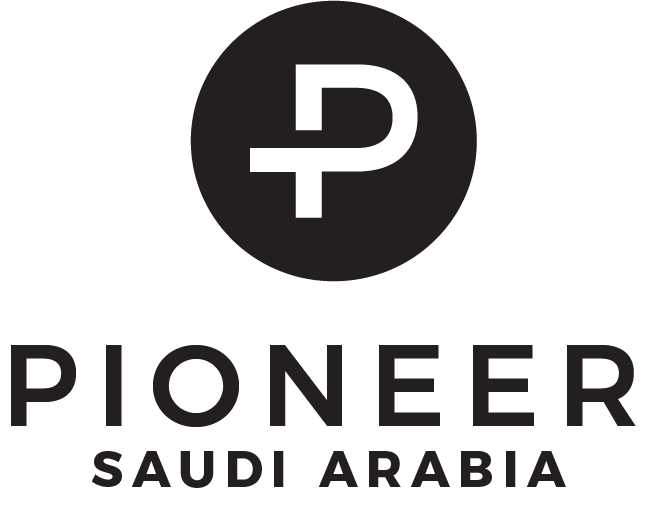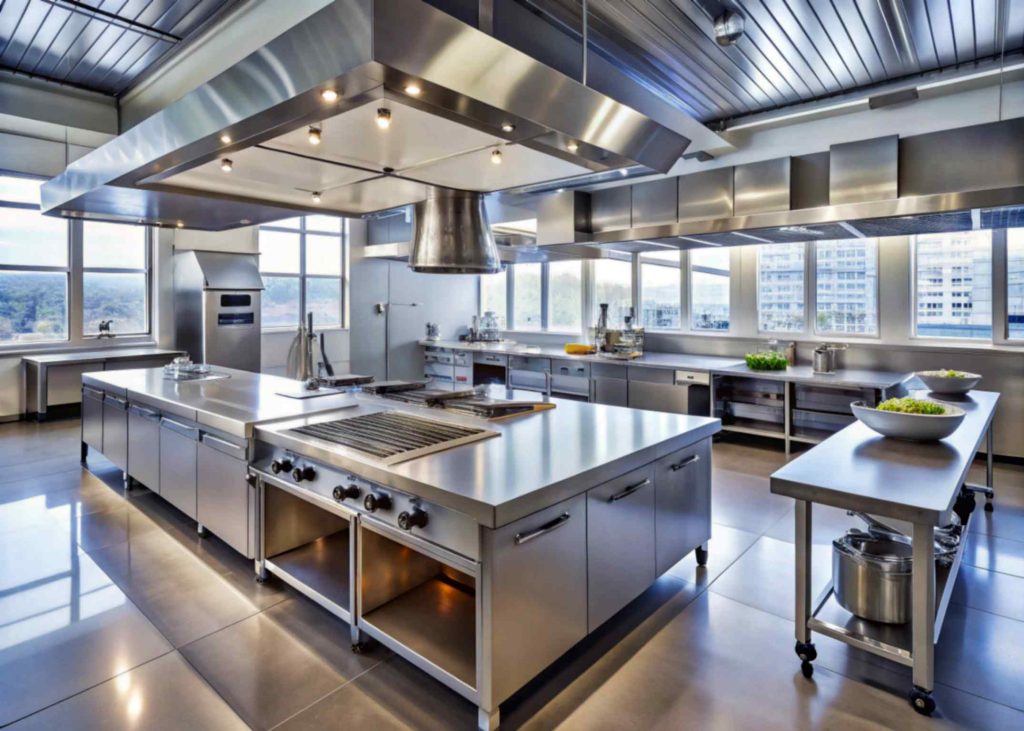



Optimizing commercial kitchen design for maximum efficiency is crucial for the hospitality industry in Saudi Arabia, where the demand for high-quality dining experiences is rapidly growing. An efficient kitchen layout minimizes unnecessary movement, reduces bottlenecks, and enhances workflow, which directly impacts the speed and quality of service.
By incorporating state-of-the-art equipment, strategic placement of workstations, and advanced ventilation systems, kitchens can handle higher volumes of orders while maintaining consistent food quality. This optimization also helps in managing energy consumption and reducing operational costs, crucial for businesses aiming to maximize profitability in a competitive market.
Additionally, an efficient kitchen design ensures compliance with health and safety regulations, which is essential for maintaining the highest standards of hygiene and customer satisfaction. In a region where dining out is becoming increasingly popular, creating a streamlined kitchen environment not only boosts productivity but also enhances the overall dining experience, leading to greater customer loyalty and a stronger market presence.
Understand Local Regulations and Standards
Ensure the kitchen design complies with Saudi Food and Drug Authority (SFDA) regulations and local municipality codes. If applicable, designate separate areas for handling halal and non-halal items to maintain halal compliance.
Workflow Optimization
To optimize kitchen efficiency, consider using a work triangle (prep, cook, serve) or an assembly line layout to minimize movement between stations. Designate distinct zones for preparation, cooking, plating, and cleaning, ensuring a logical flow between these areas. Maximize vertical space with shelving and wall-mounted equipment and maintain aisle widths that allow easy movement without wasting space.
Energy Efficiency
Invest in energy-efficient appliances that are specifically designed for energy savings and suited to Saudi Arabia’s climate. Ensure proper ventilation by installing efficient exhaust hoods and air conditioning systems to effectively manage heat and maintain a comfortable working environment.
Safety and Hygiene
Incorporate non-slip, easy-to-clean flooring to minimize accidents and maintain hygiene. Ensure proper drainage to prevent water pooling and comply with health standards. Strategically position handwashing stations to promote regular hand hygiene among staff.
Staff Comfort and Efficiency
Design workstations at optimal heights to minimize strain on staff, ensuring that all tools and ingredients are easily accessible. Establish a designated break area separate from the kitchen to maintain a clean and organized working environment.
Technology Integration
Integrate smart kitchen appliances with remote control capabilities and predictive maintenance features for enhanced efficiency. Additionally, implement digital inventory management systems to minimize waste and optimize stock control.
Adapt to Local Climate
Ensure optimal temperature control by investing in robust cooling systems, particularly in storage areas, to effectively manage the high external temperatures typical of Saudi Arabia. Additionally, select materials that are resilient to the region’s climate, such as stainless steel, which offers both durability and ease of cleaning.
Flexibility for Future Expansion
Incorporate modular kitchen units that can be effortlessly reconfigured or expanded to accommodate business growth. Additionally, design the layout with futureproofing in mind, allowing for potential upgrades in technology or changes in the menu.
Cultural Considerations
Ensure that a designated area for prayer is included in the workplace design, as it is essential in Saudi workplaces. Additionally, be attentive to cultural preferences in food preparation and presentation, making sure the design accommodates these needs effectively.
Sustainability
To enhance environmental sustainability, implement efficient waste sorting and disposal systems, incorporating recycling options. Additionally, adopt water-efficient appliances and explore the use of greywater systems for non-potable applications.
In conclusion, optimizing commercial kitchen design is not just about creating an aesthetically pleasing space; it is a crucial factor in enhancing operational efficiency, boosting staff productivity, and ultimately improving the overall guest experience. For the Saudi hospitality industry, where excellence and efficiency are paramount, investing in smart kitchen design can lead to significant gains in both performance and profitability. By prioritizing strategic layout, efficient workflow, and advanced technology, hospitality businesses in Saudi Arabia can position themselves at the forefront of the industry, ready to meet the evolving demands of the market and deliver exceptional culinary experiences.
In the hospitality industry, presentation is just as important as […]
Read MoreChoosing cookware can feel a little overwhelming. Non-stick, cast iron, […]
Read MoreThe hotel lobby serves as the gateway to the guest […]
Read More